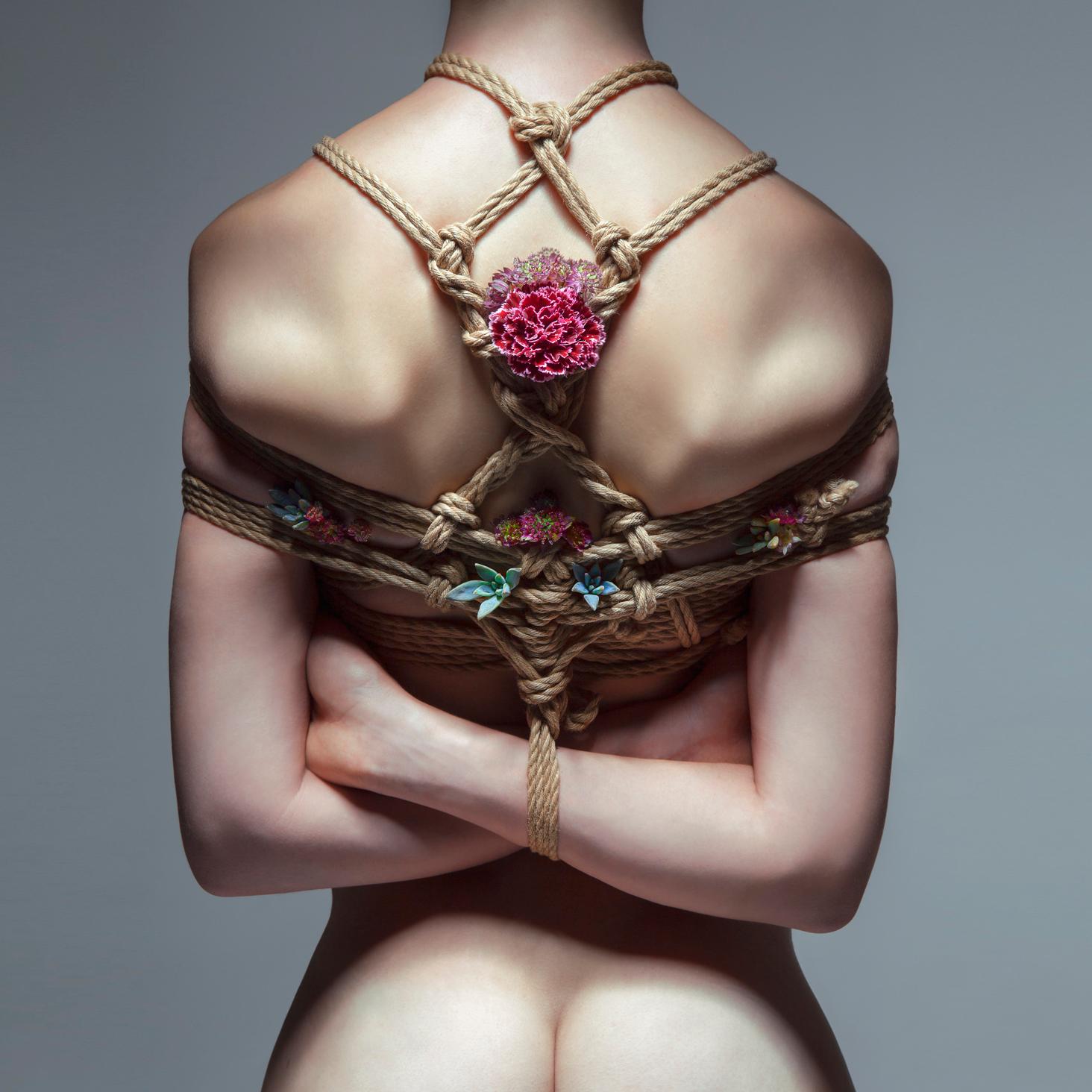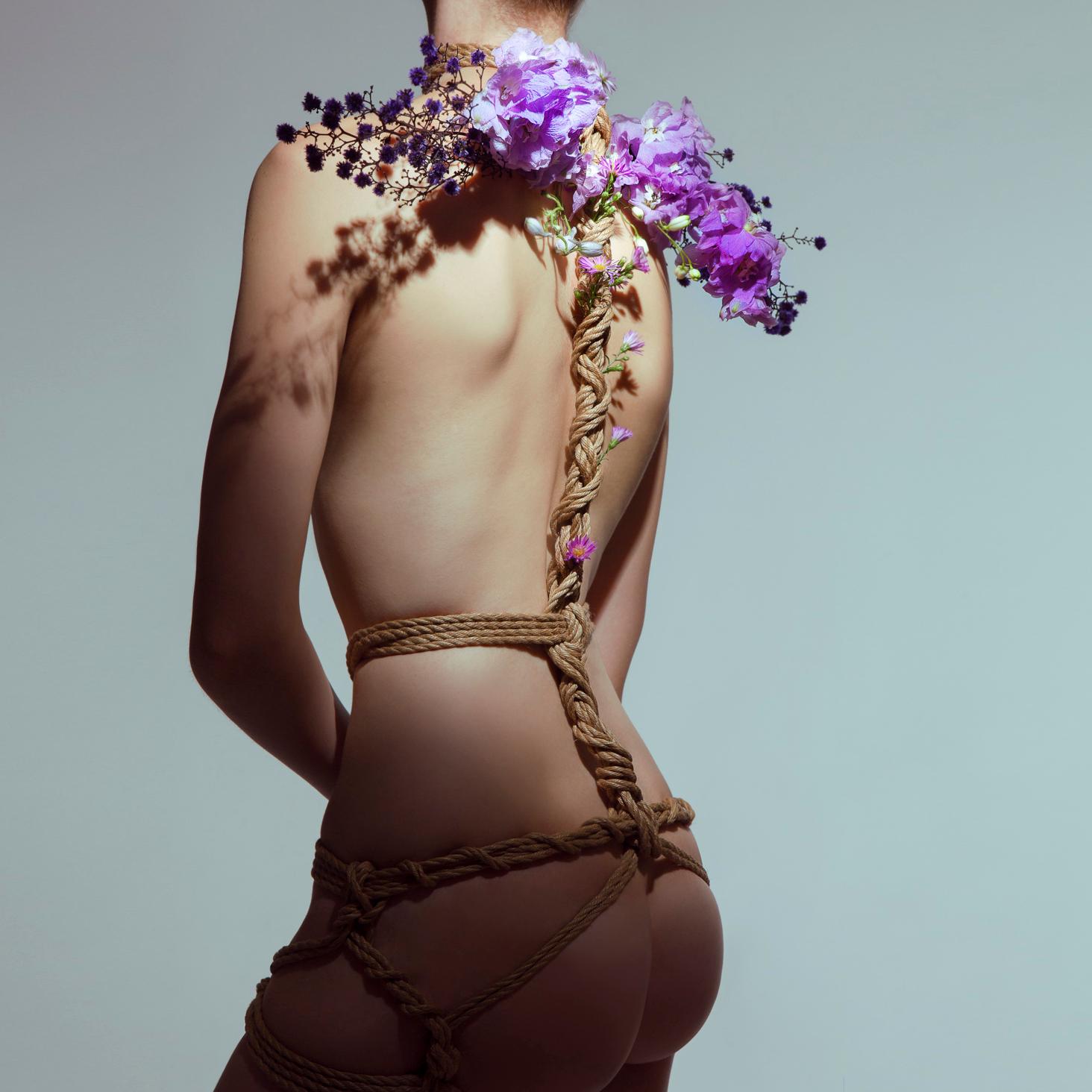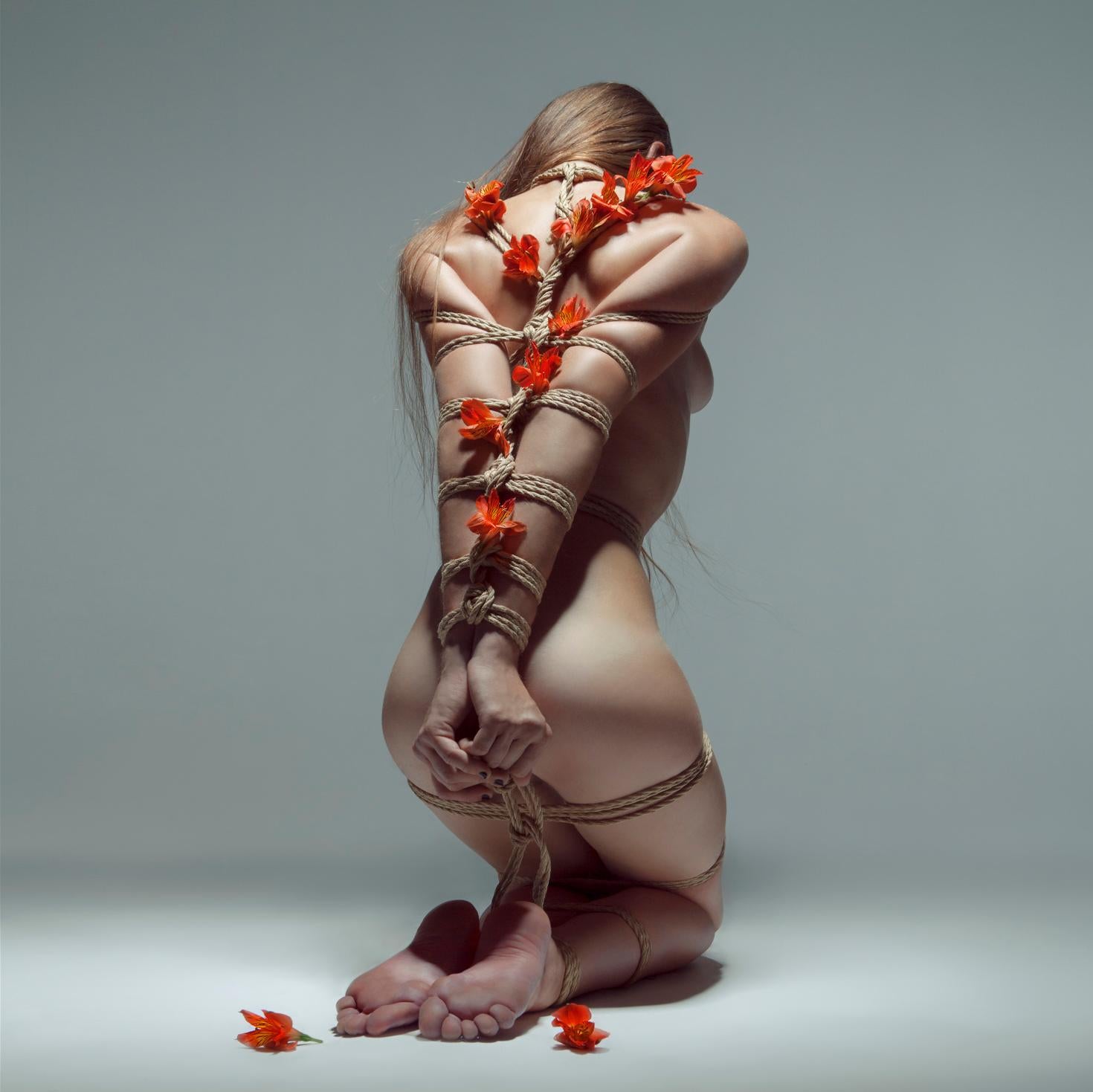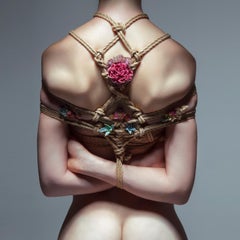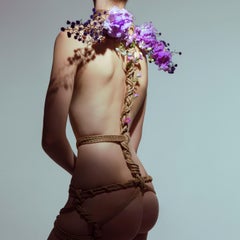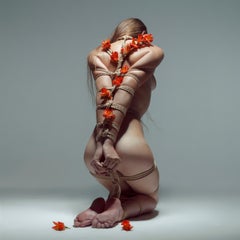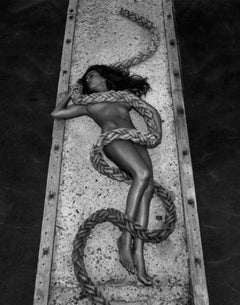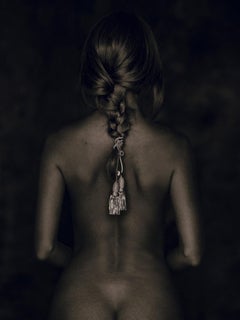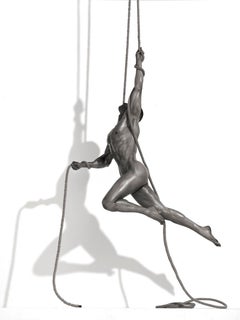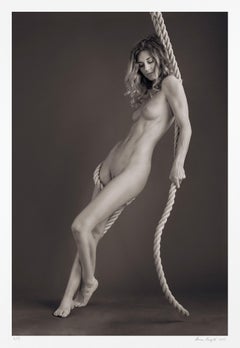Aaron McPolin"Makers Mark" Shibari Photography 24" x 24" inch Edition 1/15 by Aaron Mcpolin2017
2017
About the Item
- Creator:Aaron McPolin (Australian)
- Creation Year:2017
- Dimensions:Height: 24 in (60.96 cm)Width: 24 in (60.96 cm)Depth: 0.1 in (2.54 mm)
- Medium:
- Movement & Style:
- Period:
- Condition:
- Gallery Location:Culver City, CA
- Reference Number:1stDibs: LU1085116532672
Aaron McPolin
Aaron McPolin is an award-winning erotic photographer who specializes in capturing fine art nude imagery that explores taboo themes. Their work is known for its provocative yet sensual nature, and the way in which it challenges traditional notions of beauty and sexuality. McPolin views art as a means of not only expressing oneself but also driving social change and innovation. He designs multi-sensory exhibitions that take viewers on a journey of self-discovery and introspection. With a background in fashion, film, and fine art, McPolin's works have been featured in publications such as Playboy, Penthouse, and Vogue, and exhibited in major cities worldwide. In his words, "Through art, I can show the truth of something; it's only through the vulnerability of art that we see a glimpse of who we really are." With each new image, Aaron McPolin pushes the limits of what is considered acceptable in art, creating a new language for discussing sexuality and taboo subjects. Through their work, they are able to engage with these difficult topics in a way that is both empowering and respectful, challenging the viewer to confront their own beliefs and preconceptions. Through their mastery of photography, McPolin creates images that are both stunning and evocative, inviting the viewer into a world of sensuality and desire.
- ShippingRetrieving quote...Shipping from: Los Angeles, CA
- Return Policy
More From This Seller
View All21st Century and Contemporary Contemporary Nude Photography
Archival Pigment
21st Century and Contemporary Contemporary Nude Photography
Archival Pigment
21st Century and Contemporary Contemporary Nude Photography
Archival Pigment
21st Century and Contemporary Contemporary Nude Photography
Archival Pigment
21st Century and Contemporary Contemporary Nude Photography
Archival Pigment
21st Century and Contemporary Contemporary Nude Photography
Archival Pigment
You May Also Like
1990s Contemporary Nude Photography
Archival Pigment
2010s Contemporary Nude Photography
Archival Pigment
2010s Contemporary Black and White Photography
Archival Pigment
2010s Other Art Style Black and White Photography
Archival Ink
Early 2000s Contemporary Color Photography
Archival Paper, Photographic Paper, Color, Giclée, Pigment, Archival Pig...
2010s Contemporary Nude Photography
Photographic Paper, C Print
